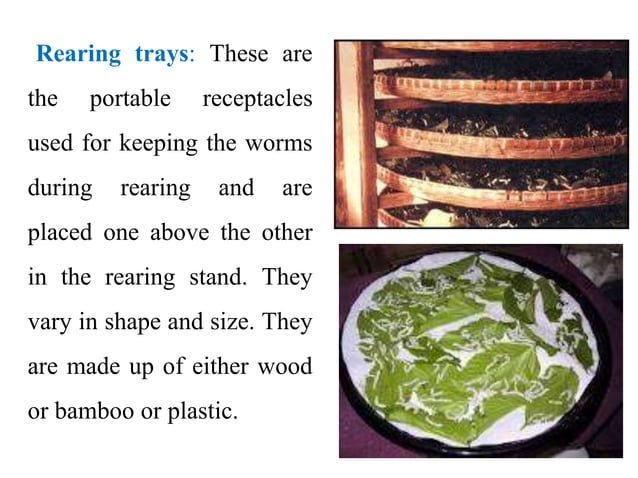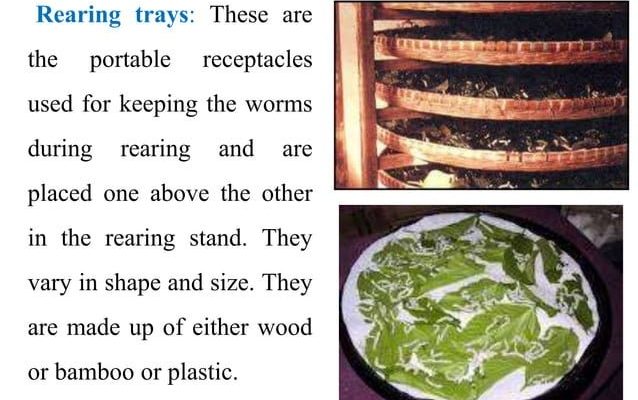
If you’re diving into the intricate world of silkworm rearing, you’ve landed in a fascinating place! Think of it like nurturing a delicate plant; every tiny detail matters as you watch these little creatures grow and transform. Silkworms, primarily the Bombyx mori, are not just simple bugs; they hold the key to producing silk, which has been cherished for thousands of years. Just imagine being able to create your very own silk threads right from your home!
Now, while rearing these charming little critters might sound straightforward, keeping track of their growth and care can get pretty hectic. That’s where a good silkworm rearing log template comes in handy. It’s like having a recipe for a delicious dish; it helps you keep everything organized and ensures that you don’t miss any crucial steps. Let’s break down how to create and use these templates effectively!
Why You Need a Silkworm Rearing Log
First off, let’s talk about *why* you might want a rearing log at all. When you’re just starting with silkworms, things can get overwhelming. You have to monitor their feeding schedule, growth stages, and health conditions. A log helps you track these elements, making it easier to spot any issues that might arise. Think about it like keeping a diary of your progress; you’ll be amazed at how much it helps!
Another reason is data collection. By jotting down observations, you’ll be able to notice patterns over time. For instance, did you notice that they thrive better at a certain temperature? Or do they grow faster if you feed them a specific type of mulberry leaf? A well-kept log turns these observations into valuable knowledge that can inform your practices.
Ultimately, having a rearing log means you’re organizing your journey effectively. Whether you’re a hobbyist or looking to scale up, proper documentation is key. It’s your roadmap to success in the silkworm-raising adventure!
Essential Elements of a Silkworm Rearing Log
So, what exactly should you include in your silkworm rearing log? Here are a few essential elements to consider. First off, you want to track the *date*. Knowing when you started and each feeding schedule is crucial. It helps you stay organized and ensures you won’t forget a feeding session!
Next up is the *feeding details*. Write down what you fed them, how much, and at what times. This will help you determine if certain food sources yield better growth and development. You’ll also want to include a section for *growth stages*. Silkworms go through several stages (or instars), and marking their progress is vital to ensure they’re developing as they should.
Don’t forget about *health observations*! Keeping an eye on how your silkworms are behaving and looking can alert you to any potential issues. For instance, if you notice some of them are turning brown or moving sluggishly, that’s a sign something might be off. Being proactive can save your silkworms from common troubles!
Creating Your Silkworm Rearing Log Template
Now that we’ve covered the essentials, let’s get to the fun part: creating your log template! You can go old school by using a notebook or digital by using a spreadsheet on your computer. Both methods have their perks! Notebooks allow for doodles and quick notes, while spreadsheets can help you analyze data later on.
Here’s a simple layout you might start with: in the first column, jot down the *date*, and in the next one, include *feeding details*. Follow that with *growth stage*, *health observations*, and any other notes you feel are important. The goal is to make it simple yet comprehensive enough to provide insights into your silkworm rearing journey.
And if you’re not sure where to start, you might consider searching for existing templates online as a reference point. Just like when you find a recipe to inspire your cooking, a good template can guide you in making your own!
Common Challenges in Silkworm Rearing and How to Log Them
As you embark on this silkworm journey, you might encounter a few bumps along the way. One common challenge is *disease*. Silkworms can be susceptible to viral or bacterial infections. Logging any signs of illness can be a lifesaver. If you notice symptoms, jot them down immediately! This information will be valuable in understanding what went wrong.
Another issue is *feeding irregularities*. If you forget to feed them or if there’s a sudden change in their diet, it’s vital to note that in your log. Silkworms can react unpredictably to such changes, and having a record could help you troubleshoot in the future.
Finally, *environmental factors* can impact your silkworms. Maybe it became too humid or too dry in your rearing area. Log these conditions along with how they seemed to affect your silkworms’ growth. This ongoing documentation leads to better practices over time.
Using Your Silkworm Rearing Log for Improvement
Okay, you’ve got the log down, but what’s next? The beauty of a rearing log is that it’s not just for record-keeping; it’s a tool for improvement. After a few weeks, take some time to review your entries. This reflection is where the magic happens!
For example, if you notice that your silkworms had a growth spurt after a specific feeding routine, think about implementing that strategy more consistently. By analyzing your logs, you can start to see correlations between care practices and silkworm health.
Also, don’t hesitate to share your findings with other silkworm raisers. Whether it’s online forums, social media groups, or local gatherings, sharing your experience can lead to new insights and tips that might be helpful. You might even inspire someone else to start their silkworm journey!
As you set out on your silkworm rearing journey, remember that keeping a detailed log is like holding onto a map in uncharted territory. It gives you clarity and confidence as you nurture your silkworms toward becoming beautiful silk-producing creatures. And let’s be real, it’s kind of cool to say that you’re caring for silkworms and producing silk from your home!
Just be patient with yourself. Every entry you make is a step toward mastering this art, and soon, you’ll feel like a pro. So grab that notebook or open your spreadsheet, and let the silkworm adventure begin!

